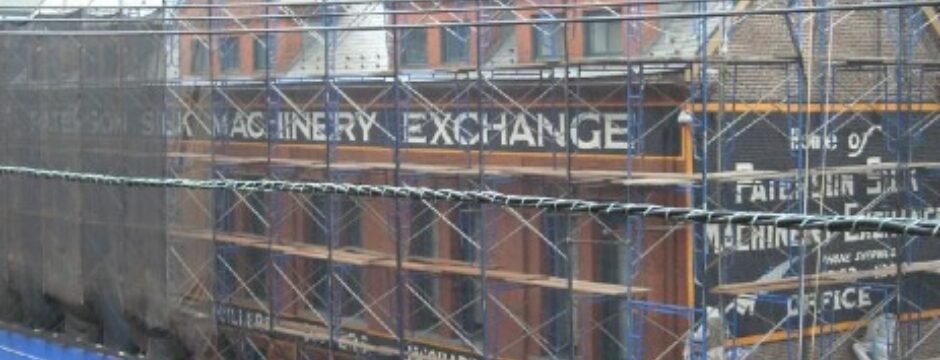Project: NJCDC – William Waldman Independence House, Historic Sign Painting
New Jersey Community Development Corporation (NJCDC) is a private, non-profit community development and social service agency founded in 1994 with a mission of creating opportunities to transform lives. The focus of their work is the City of Paterson. Their core work and organizational focus is on neighborhood revitalization, positive youth development, education, affordable and supportive housing, the preservation of the Great Falls Historic District, and direct public-policy innovation.
William Waldman Independence House is a safe, inviting and inspiring place which provides housing and supportive services for young people in their final years in the foster care system. The residents are supported 24 hours a day by NJCDC staff and receive assistance in building independent living skills and in developing vocational interests. During their time at Independence house, the residents pursue educational opportunities (high school diploma, GED, college courses, vocational training) as well regular employment, preparing them to face the world of juggling various responsibilities as adults.
There is much history involved with this building and the surrounding buildings in Paterson’s prestigious Great Falls Historic District. The William Waldman Independence House was originally constructed in 1881 as the Administration Building of the Rogers Locomotive Works. The Rogers Locomotive Works was one of America’s premier locomotive manufacturers in the latter half of the 19th Century and a dominant force in Paterson’s role as a leading center of commerce and industry. {See Survey (#1) “Survey of Rogers Locomotive Works”}
From 1928 to 1956, 16 Spruce Street was occupied by the Paterson Silk Machinery Exchange. “The exchange reconditioned machines key to the Paterson’s textile industry, which at its height comprised 800 silk operations,” said Vincent Waraske, Paterson's historian. The names of different machines -- from looms and quillers to winders -- appear over the first-floor windows on the east elevation, and the exchange's phone number is on the north side of the building.
Alpine Painting was hired by Paul Perrina, President of Lime Contracting. Lime Contracting was the general restoration contractor hired to restore the exterior brick, weather/waterproof the building and re-paint the existing signage. Lime contracted Alpine Paintings’ Services for the sign re-painting portion of this project based on similar sign painting projects we completed in the past, such as the William Carlos Williams Center {See Picture (#2) WCW Sign Before & After} and our experience and reputation in the industry.
Since this project was so detail oriented we utilized a small crew of 4 men to work from October 29th through November 12th. Time was of the essence because of the cold weather rapidly approaching and due to a completion date of November 15th. Because of the cold weather conditions I worked with Kenneth Ernst, from the Sherwin Williams Paint Company to change the paint specification to lower temperate coating. {See Letter (#3) Sherwin Williams Coating Change and Warranty} We utilized Sherwin William’s Duration Exterior Latex Satin Coating. After reviewing our surface preparation, Sherwin Williams provided a guarantee for the life of the building for the applied coating.
Because this was the rehabilitation of a Historic Building in the National Historic Landmark District of Paterson; Gianfranco Archimede, Executive Director of the Paterson Historic Preservation Commission, worked hand in hand with all parties involved to ensure we were able to recreate the most precise representation of the existing signage. In order to ensure the colors were as accurate as possible from that period of time Gianfranco contacted a coatings conservator company, Integrated Conservation Resources, to take paint samples from the building and provide a detailed Coating Analysis Report to determine the closest color match and to distinguish what colors should be painted in each location on the signs. {See Report (#4) Paint Analysis Report Oct 07 and See Spec (#5) Paint Specification & Standards} Coating samples were applied to ensure the right colors and finishes were applied in the correct locations. {See Picture (#6) Color Samples & See Instructions (#7) North Signage Instructions}
There were three existing Sign Locations, Two on the East Elevation, measuring approximately 3 Feet Tall and 170 Long & One Large Detailed Sign on the North Elevation, measuring approximately 20’ Tall x 20’ Long, of the Rodgers Administration Building. {See Drawing (#8) Historic American Engineering Report to view the Administration drawings} {See Picture (#9-2a) East Elevation Signage - Before Picture & See Picture (#10-4a) North Elevation Signage – Before Picture}
The sign painting portion of the project was challenging for several reasons: The letters, numbers and pictures on the existing signs were not completely visible. {See Picture (#11) Before Picture - Coppers Jacquards’}. What made the situation worse was the brick mortar joints had to be replaced, and the existing brick surfaces were to be restored and cleaned prior to painting the sign. Many of the sign surfaces had to be hand cleaned as to not remove any more of the painted lettering. We were able to obtain a few old photos to assist my men with distinguishing the letters and words, but many of the letters were created by free hand. {See Picture (#12) During Work - Hand Painting}
A large challenge was the detail at the beginning and end of each letter. We matched the font to be a very close representation of Copperplate Gothic Bold. We wanted the letters to be as close to the exact lettering font from the time period in which the sign was initially created. Once we were able to identify all of the wording we provided our men with a computer generated layout of each word to be painted in the appropriate font to ensure each word was recreated as accurately as possible. Where it was available, my men taped out the existing characters. {See Picture (#13) During Work – Taping Letters}
In order to get this project completed as efficiently as possible each man worked on a specialized task. Two men were responsible for taping, another for painting the white inside the letters and the fourth for painting the black around the outside of the letters. {See Picture (#14) During Work – Taping & See Picture (#15) During Work – Painting Black}
Safety and coordination with other trades was critical on this project. Scaffolding was erected and fully planked to ensure that my men could safely access the areas to be painted. {See Picture (#16) During Work – Scaffolding) A sidewalk bridge and mesh netting were installed on the exterior of the frame scaffolding to ensure that no hand tools or other objects accidently fell down on the pedestrians below. {See Picture (#17) During Work – Bridge & Netting)
Overall, the project was a huge success. We were able to finish this project prior to the cold weather and met our customer’s deadline. The NJCDC was so pleased they asked our company to bid the entire interior, three story painting project at their facility. Alpine Painting was also awarded a Certificate of Appreciation in recognition of our outstanding rehabilitation of the historic signage on the Rogers Locomotive Works Administration Building from the Historic Preservation Commission. {See Award (#18) Award for Excellence}
Credit To
- Gianfranco Archimede, City of Paterson Historic Preservation Commission, Executive Director
- Bob Guarasci, NJCDC - Founder and President
- Mike Ramaglia, NJCDC - Chief of Staff
- Paul Perrina, Lime Contracting, President
- www.NJCDC.org General Information





